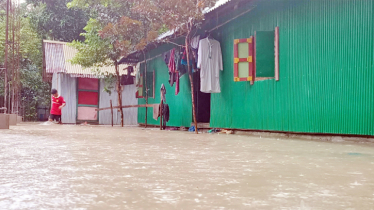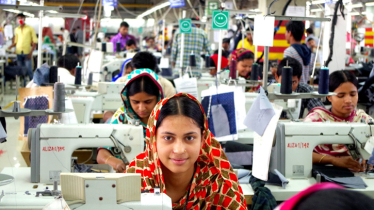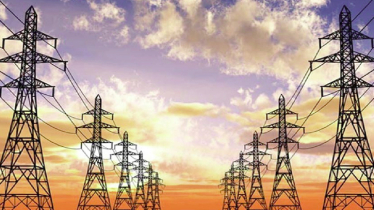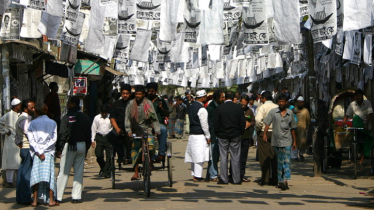
Photo: Collected
When female-headed households increase for multiple reasons, it is not a positive indicator of achieving Sustainable Development Goals (SDGs) by 2030.
The latest data from the Bangladesh Bureau of Statistics (BBS) shows a notable increase in female-headed households, reaching its highest level in a decade as quoted in an independent English daily.
In 2022, some 17.4 per cent of households were led by women, up from 16 per cent the year before and 15 per cent in 2020. It was 11.6 per cent in 2013.
The notable increase in female-led households is particularly among women aged 15 to 60, who display a heightened propensity to shoulder familial responsibilities.
The multiple reasons for the increasing number of female-headed households are poverty, unemployed husbands, domestic violence, increasing living costs, and high divorce rates.
The increasing number of female-headed households means they would be left out of government safety nets. It has been found that most of the female-headed households move to urban areas in search of jobs.
The Sustainable Development Goals (SDGs), otherwise known as the Global Goals, are a universal call to action to end poverty, protect the planet and ensure that all people enjoy peace and prosperity. SDG in Bangladesh.
Male chauvinism is the prime reason for the high rate of divorce. Most husbands in the lowest strata of society are drug addicts and gambling. This situation pushes the women to work outside and maintain the family alone.
The gross separation rate reached 1.4 per cent from 0.6 per cent in 2006, according to the BBS.
The disparities in Chattogram saw a surge of 2.2 per cent in female-headed households in 2022, while Sylhet witnessed an uptick of 2.1 per cent.
The good side is that the rise in female-headed households kept pace with the growing participation of women in the economy.
The way out for the disadvantaged women, the government needs to strengthen women's empowerment projects and especially bring into fold the women-headed households as beneficiaries. Also, improving their financial and educational status would enable them to make proactive decisions.
Poor educational attainment is the main hurdle in getting jobs in formal sectors, like export-oriented industries. Among the female household heads, 22 per cent have no formal education.
The disadvantaged women should be urgently brought under skill development training programmes in the countryside, as well as in the urban slums. Such programmes will help them to join the formal job market.
The households run by women are predominantly concentrated among the poorest strata, with 18.7 per cent in the lowest wealth quintile. The social safety net needs to be further expanded to accommodate vulnerable women-headed families to significantly reduce the number of women in the labour force.
Messenger/Disha








